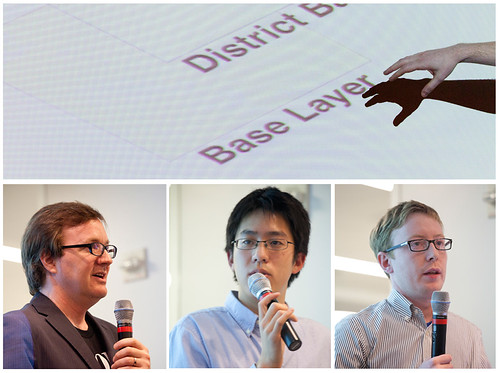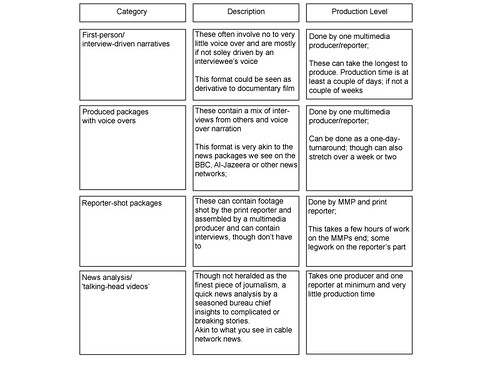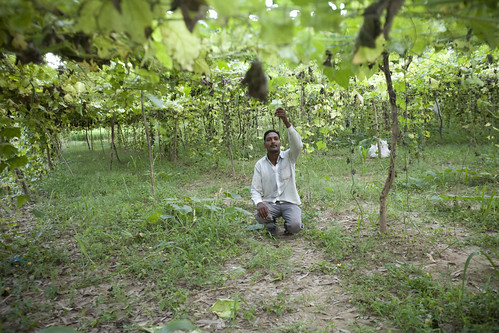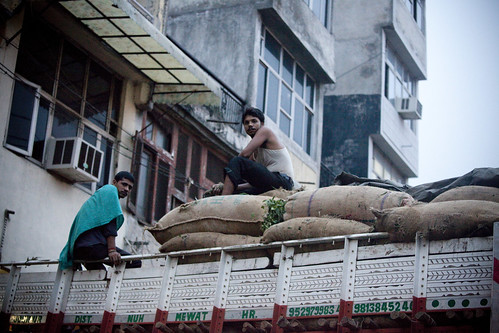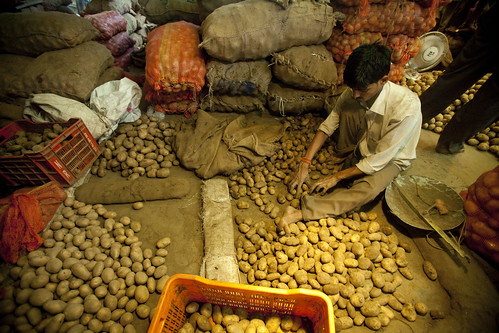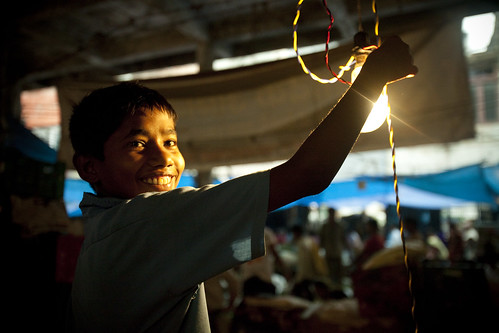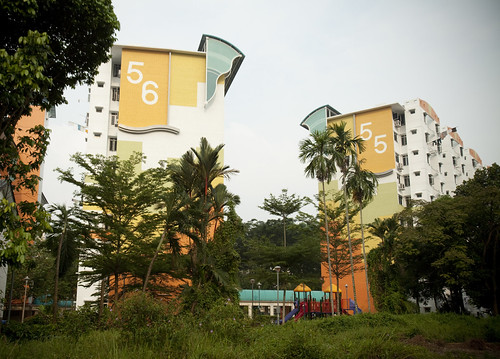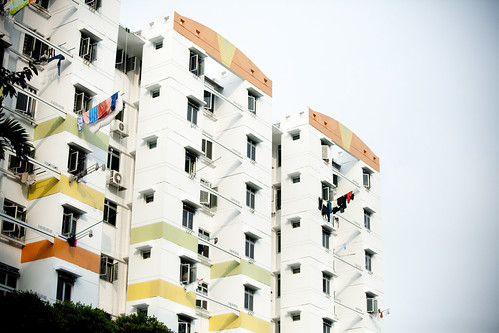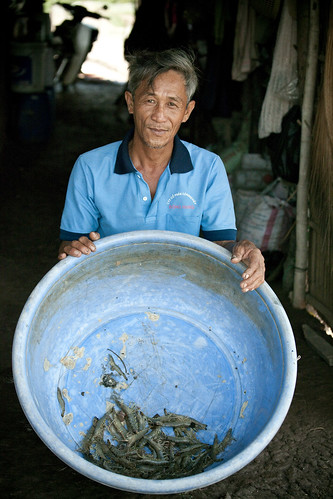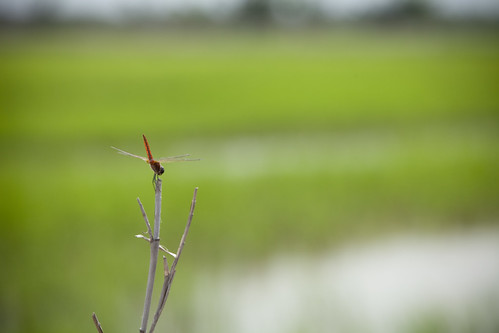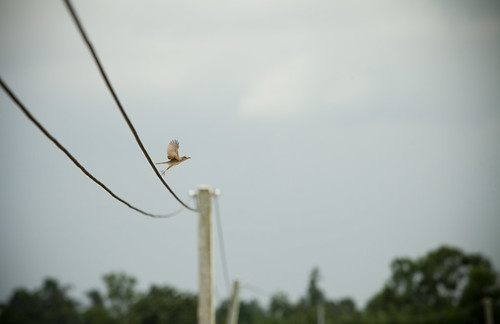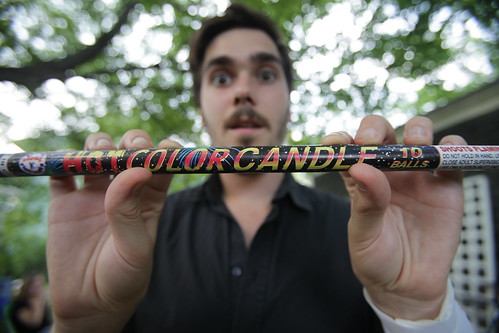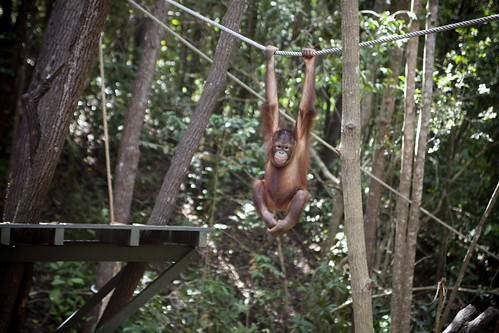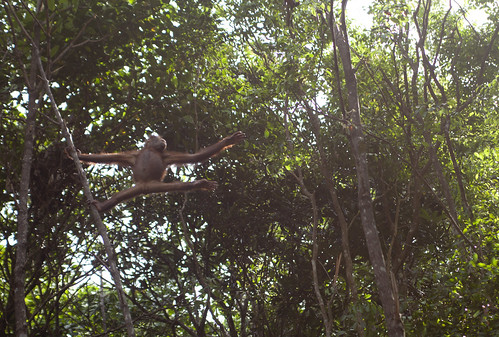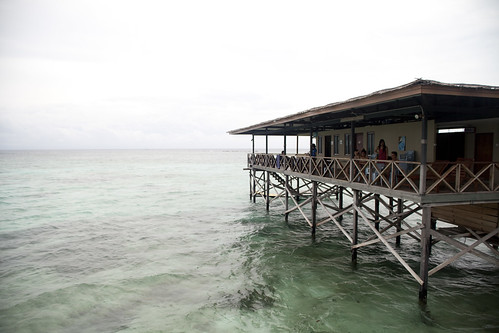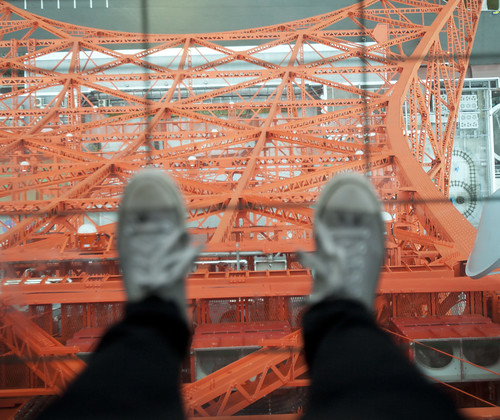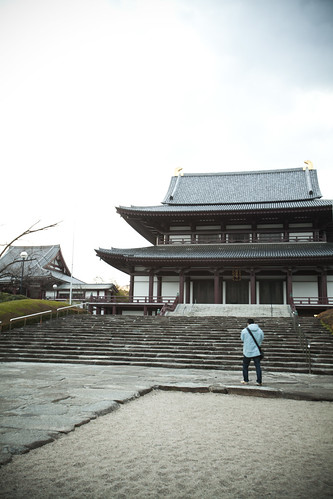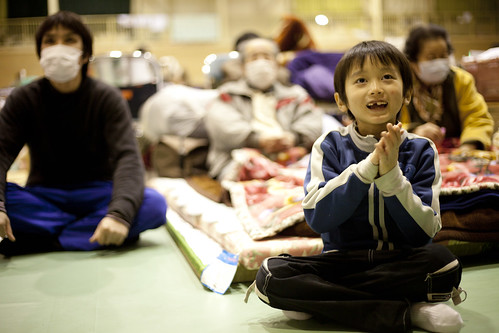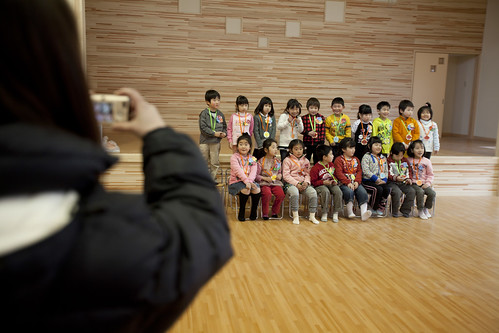At the end of October, I was caught in storm. Thick flakes sped diagonally towards the concrete. It was the first snow of the winter and the first time I'd experienced temperatures this low in two years.
I had spent those two years in the tropical climates of Hong Kong and so I had lost all the good habits of a New York City dweller: I hadn't taken an umbrella with me, I hadn't dressed in layers and so I was completely caught off-guard by this very simple phenomenon -- the change of seasons.
I had spent those two years in the tropical climates of Hong Kong and so I had lost all the good habits of a New York City dweller: I hadn't taken an umbrella with me, I hadn't dressed in layers and so I was completely caught off-guard by this very simple phenomenon -- the change of seasons.
It was a visceral reminder of the fact that I had changed habitats. I was somewhere else now. That was very clear. When you move 8000 miles you lose so much more than just a physical home. You lose a social circle, a professional network and routines. You have to figure out where to buy your groceries, find a new job. You walk at a different pace. You find a new gym with new regulars -- or you don't.
I took a big leap coming back to New York to be with someone I love. I gave up a job, I gave up a place, as he did for me once before. Now I am anxious about the future. Sometimes, on sunny days, I can find excitement. But mostly, I feel restless. I work on projects, I volunteer, I read, write, edit, photograph, film; I find myself walking at a faster pace than those around me. I feel like a loser trying to be less of a loser by walking really, really fast.
That is how I found myself in that storm. I was dreading an empty apartment, wanted to feel productive, nay, cultured, and ran from my apartment to the subway, from the subway to another subway, and from that subway to a bookstore to sit down and listen to Junot Diaz talk.
This man had received a Pulitzer for a novel about a pudgy Dominican nerd. He is a professor in Creative Writing. He writes for the New Yorker. What's more is that he inspired countless people, among them myself, to embrace their ethnic identity in a literary world that largely centers around the lives of Caucasians.
He also spent 11 years writing the novel, he said. He almost gave up on it a couple of times. He felt like a loser for a solid decade because of it. But during this time of disorientation, of utter terror about the future, of -- dare I say it -- artistic struggle (!), he became the person he needed to be to finish the novel, he said.
We become that someone who is capable of doing things our former self wasn't able to do. Until then, he said, we need to be compassionate with ourselves.
You see, we read about heros who take years to get to an epiphany. We watch films depicting a man's or a woman's decades-long journey to become the best he or she can be. But then we forget that it takes practice to be the person you want to be, that it takes muscle memory to perfect the tasks we need to perform for our art, and that it takes mistakes for us to get to amazingness. We youngens like to scurry away and try and rush and make money and hand out business cards. We walk at a faster pace than some around us, thinking that it gets us there faster. But it's ok to be young and fledging.

